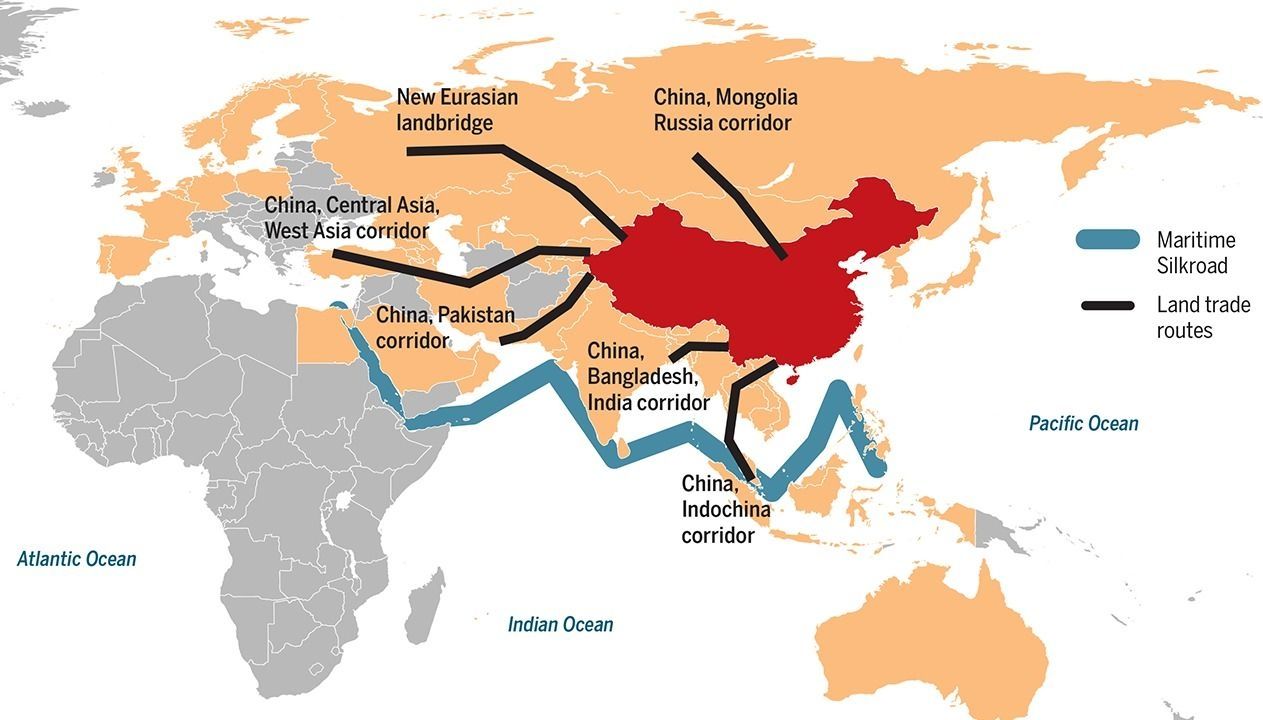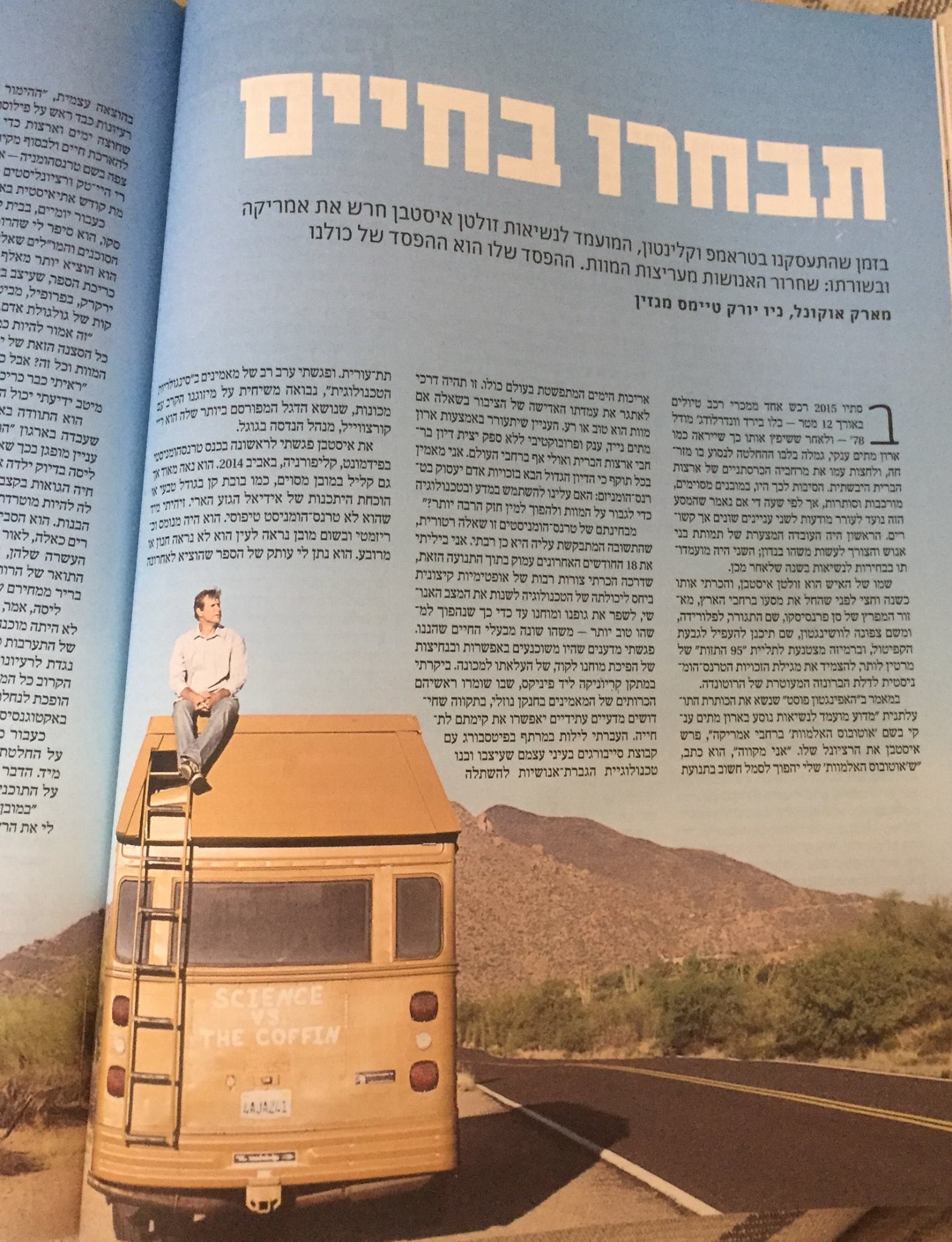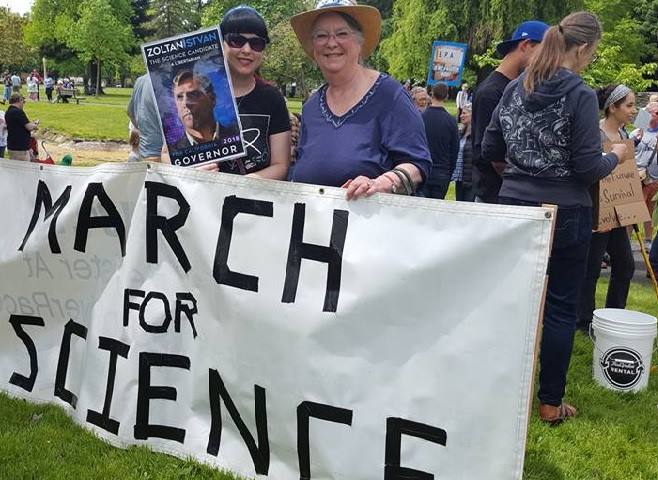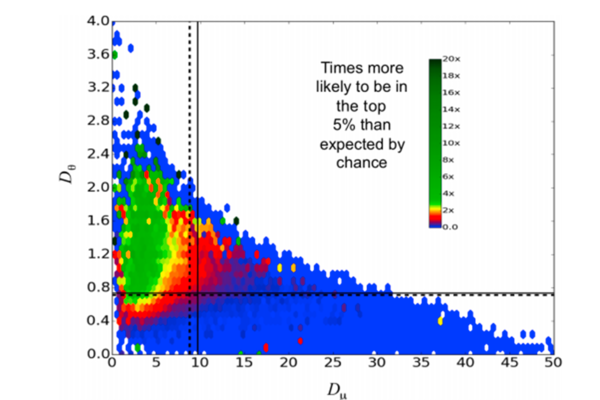Proposed cuts include 11% at the National Science Foundation, 18% at the National Institutes of Health and 30% at the Environmental Protection Agency.



China is also planning to use the initiative to flex its scientific and engineering muscles, officials made clear at a 2-day Belt and Road Forum for International Cooperation that ended yesterday in Beijing. “Innovation is an important force powering development,” Xi said in a speech to the opening session of the forum. And so the initiative will include technical cooperation in fields including artificial intelligence, nanotechnology, quantum computing, and smart cities. He also mentioned the need to pursue economic growth that is in line with sustainable development goals, and that rests on environmentally friendly approaches.
Investment also planned in artificial intelligence, nanotechnology, and other fields.
A type of food that has been around for centuries, but is primed to be increasingly relevant to the future: Plant-Based “Meat.”
In this video series, the Galactic Public Archives takes bite-sized looks at a variety of terms, technologies, and ideas that are likely to be prominent in the future. Terms are regularly changing and being redefined with the passing of time. With constant breakthroughs and the development of new technology and other resources, we seek to define what these things are and how they will impact our future.

Israel’s oldest newspaper Haaretz (in #Hebrew) recently translated and published The New York Times Magazine feature story on my radical science and #transhumanism work in their own Sunday magazine. I can’t find the link in Hebrew yet, but here’s the fun 2-page spread of me atop my #ImmortalityBus. https://www.nytimes.com/2017/02/09/magazine/600-miles-in-a-c…tself.html


”
Analysis of millions of studies and patents found that the most influential science draws a clear line to the work of previous generations of scientists, a pattern that was ‘nearly universal in all branches of science and technology.’”

AIMS contributes to this by having created a network across the continent via its various centres in South Africa (initially founded in Cape Town in 2003), Senegal, Ghana, Cameroon, Tanzania, and now Rwanda. It not only educates but it also actively promotes mathematics and science in Africa in various effective ways, some of which we will cover below. It is essentially creating a pool of excellent African mathematicians and scientists who will (in turn) apply solutions to our continent’s challenges. Yes, many of them actually stay here.
AIMS’ new centre in Rwanda offers a model many of our organisations, and many entrepreneurs, can follow. It’s an exciting endeavour creating a quantum leap for the continent. But it should also make us ask hard questions about what we deem important and what we talk about.
As soon as I touched down at Kigali International Airport, Rwanda, I could feel something phenomenal was in the air. Perhaps it was because people kept telling me that Kigali is a true African city, or perhaps it was the sheer amount of beauty of Rwanda — an African nation with its own, unique African identity — or perhaps it was the amazing innovation and technology I encountered from touchdown (free Wi-Fi on the bus, MTN tap-and-go payments, and more) right to where I was going: The African Institute of Mathematical Sciences (AIMS).
After having received an invite to attend the launch of the new AIMS in Rwanda, I was pretty excited, and I must say it is truly impressive. And best of all, it’s truly Pan-African. It inspired me in ways I didn’t imagine, but also made me ask some hard questions of what it is we prioritise in our media conversations. I left asking: why on earth are we not talking more about this sort of thing?

“On March 13, the Institute celebrated the publication of The Usefulness of Useless Knowledge (Princeton University Press), which features IAS Founding Director Abraham Flexner’s classic essay of the same title, first published in Harper’s magazine in 1939.”

Interest in rejuvenation biotechnology is growing in the investment quarter.
Mainstream interest in rejuvenation biotechnology is growing.
“Investment in the development of rejuvenation therapies represents an enormous opportunity for profit; these are products for which every adult human being much over the age of 30 is a potential customer at some price point. That is larger than near every existing industry, either within or outside the field of medicine, even given that customers will only purchase such a therapy once every few years, for clearance of metabolic waste, or even just once, for treatments like the SENS approach of allotopic expression of mitochondrial genes. Among the first successful companies in this space, some will grow to become among the largest in the world: I’d wager that the Ford or Microsoft of rejuvenation will be a lot larger than the actual Ford of automobiles or Microsoft of personal computing.”